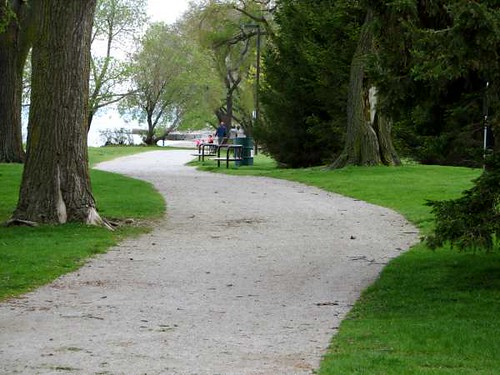Watching an old movie with my daughter led me down a stream of consciousness about race and culture and prejudice that reminded me of some texts that could be useful in the teaching of character analysis or persuasive writing.
I was watching the old John Grisham film
A Time To Kill with my daughter. In the film, newly minted Klu Klux Klan followers plant a burning cross on the lawn of a lawyer defending a black man. My daughter asked a very sensible question, that I'd never processed before, she wondered how a burning cross became a symbol for white power.
This led to a Google search which led to a W
ikipedia article and the uncomfortable discovery that the most recent example of a racist cross burning mentioned in Wikipedia happened in Nova Scotia in 2010.
That story reminded me of a terrific Radio Lab podcast about a young woman who rejected her family's imposed identity (her mother's birth certificate listed her as "negro") and adopted a new identity for herself as a white woman in a high school full of racial tension.
And finally, that story reminded me of a pair of articles from last month about racism in Winnipeg.
None of these texts are particularly uplifting, but all challenge us to confront our stereotypes and prejudices.
As part of an examination of the depiction of character traits or an analysis of the inner conflicts faced by characters in short stories or novels I wonder if these stories / articles might provide some interesting fodder for discussion.
Ally's Choice - Radio Lab podcast about racial divides in a family. The Radio Lab podcast challenges the scientific validity of the concept of race.
These two articles consider the reality of prejudice and injustice in Canada towards First Nations people:
Winnipeg the Most Racist City in Canada and a rebuttal,
Is Our City the Most Racist In Canada?
These could also be useful as part of a study of persuasive writing. Students could consider the reporters' attempts to create a convincing arguments to support ideas.













